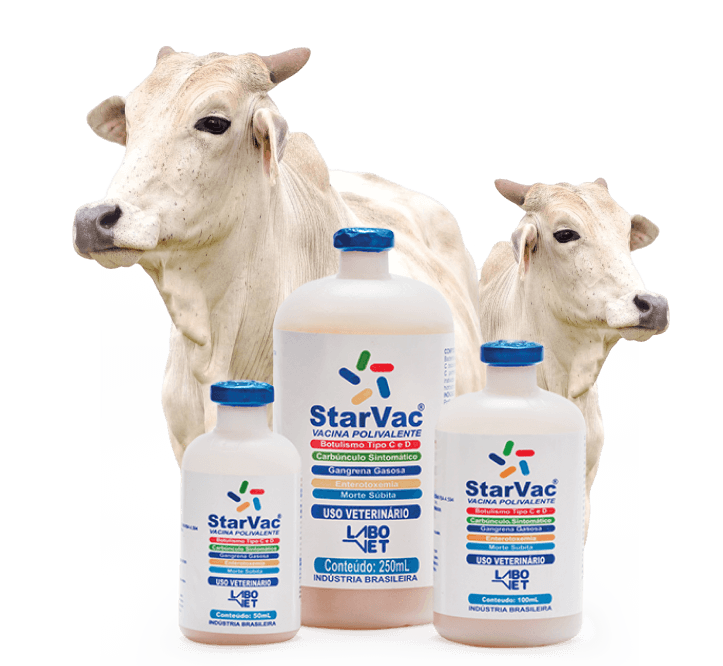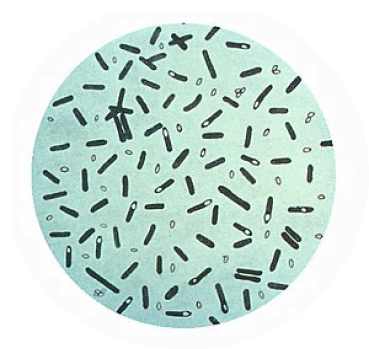Symptomatic Carbuncle
Also known as “Manqueira”, Symptomatic Carbuncle is among the most common clostridioses and belongs to the myonecrosant group. Its etiologic agent Clostridium chauvoei is an anaerobic, spore-forming and highly stable bacterium. It is also heat resistant and is present in the environment as soil, water and food. Furthermore, it is an acute infectious disease. It is known to cause muscle necrosis. severe toxemia and worsen the mortality rate in affected animals.

CONTAMINATION: Resulting from the multiplication and production of toxins, contamination occurs orally and, consequently, the spores lodge in the musculature remaining in dormancy waiting for a favorable environment. Trauma, surgeries, vascular ischemia and tumors are usually the crucial point for the development of the disease, where there is a multiplication of the clostridium, initiating a picture of tissue necrosis and the animal will limp, which originates the name of the disease.
CLINICAL MANIFESTATIONS: In addition to lameness, other clinical manifestations can be observed, such as: apathy, fever, depression, severe lameness, necrosis, gangrene, loss of appetite, swelling at the affected site, inflamed muscles with reddish coloring, difficulty in locomotion, swelling localized and painful that becomes cold and edematous with crepitus to the touch.
- CLICK ON THE BUTTONS BELOW AND SEE MORE ABOUT OTHER DISEASES

